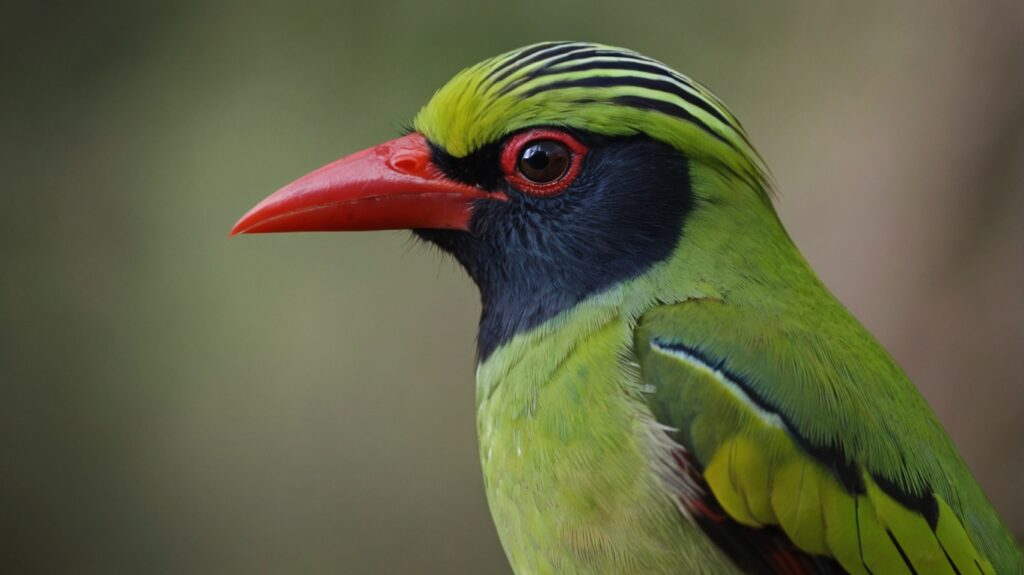Table of Contents
- Introduction
- Physical Characteristics
- Habitat and Distribution
- Behavior and Diet
- Conservation Status and Threats
- Conservation Efforts
- Conclusion
- FAQs
Introduction
The Javan Green Magpie (Cissa thalassina) is one of the rarest and most strikingly beautiful birds in the world. Native to the forests of Java, Indonesia, this critically endangered species is known for its vibrant green plumage and melodic calls. Unfortunately, habitat loss and illegal wildlife trade have pushed it to the brink of extinction. This article explores its characteristics, habitat, threats, and ongoing conservation efforts.

Physical Characteristics
The Javan Green Magpie is a medium-sized bird, measuring around 35 cm in length. Key features include:
- Bright emerald-green feathers (which fade to blue in captivity due to dietary changes)
- Black eye mask and reddish beak
- Long tail and strong legs
- Distinctive loud, whistling calls
Habitat and Distribution
This species is endemic to Java, primarily found in:
- Montane rainforests (1,000–2,000 meters elevation)
- Dense, humid forests with thick undergrowth
- Protected areas like Gunung Gede Pangrango National Park
Due to deforestation, its range has drastically shrunk, making sightings extremely rare.
Behavior and Diet
The Javan Green Magpie is omnivorous, feeding on:
- Insects (beetles, caterpillars)
- Small reptiles and frogs
- Fruits and seeds
It is highly social, often seen in pairs or small groups, and is known for its intelligence and vocal mimicry.
Conservation Status and Threats
The IUCN lists the Javan Green Magpie as Critically Endangered. Major threats include:
- Deforestation (agriculture, logging)
- Illegal trapping for the pet trade
- Climate change affecting montane ecosystems
Fewer than 100 mature individuals may remain in the wild.
Conservation Efforts
Several initiatives aim to save this species:
- Breeding programs (e.g., Cikananga Wildlife Center)
- Habitat restoration projects
- Anti-poaching patrols and stricter law enforcement
- Public awareness campaigns
Conclusion
The Javan Green Magpie is a symbol of Java’s rich biodiversity, but its survival hangs in the balance. Urgent conservation action, habitat protection, and reducing illegal trade are essential to prevent its extinction.
FAQs
1. Why is the Javan Green Magpie green?
Its vibrant color comes from its diet. In captivity, without proper nutrients, its feathers turn blue.
2. How many Javan Green Magpies are left?
Estimates suggest fewer than 100 remain in the wild.
3. Where can I see a Javan Green Magpie?
Wild sightings are rare, but some conservation centers, like Cikananga in Java, house them for breeding.
4. What is being done to save this species?
Breeding programs, habitat protection, and anti-poaching efforts are key strategies.
5. Can Javan Green Magpies mimic sounds?
Yes, they are skilled vocal mimics, similar to other corvids.
